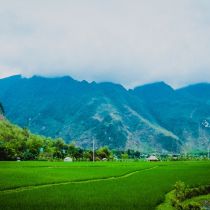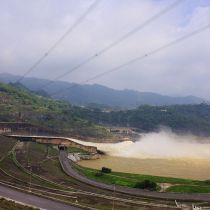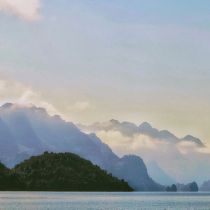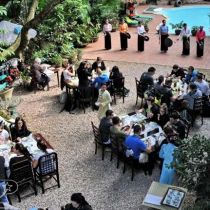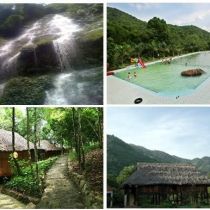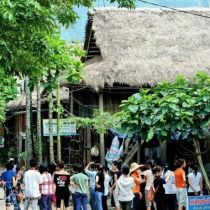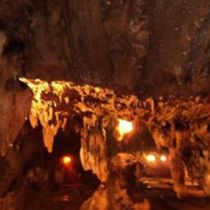HOA BINH PROVINCE Square: 4,684.2 km 2 Population: 793,5 thousands people (2010) City: Hoa Binh City Districts: Da Bac, Mai Chau, Ky Son, Cao Phong, Luong Son, Kim Boi, Tan Lac, Lac Son, Lac Thuy, Yen Thuy. OVERVIEW Hoa Binh province is known to be an origin of “Hoa Binh culture” - the cradle of Vietnamese ancient culture. Besides, tourist and humanity resources are diversified, plentiful and attractive with 184 historic sites, cultural...

